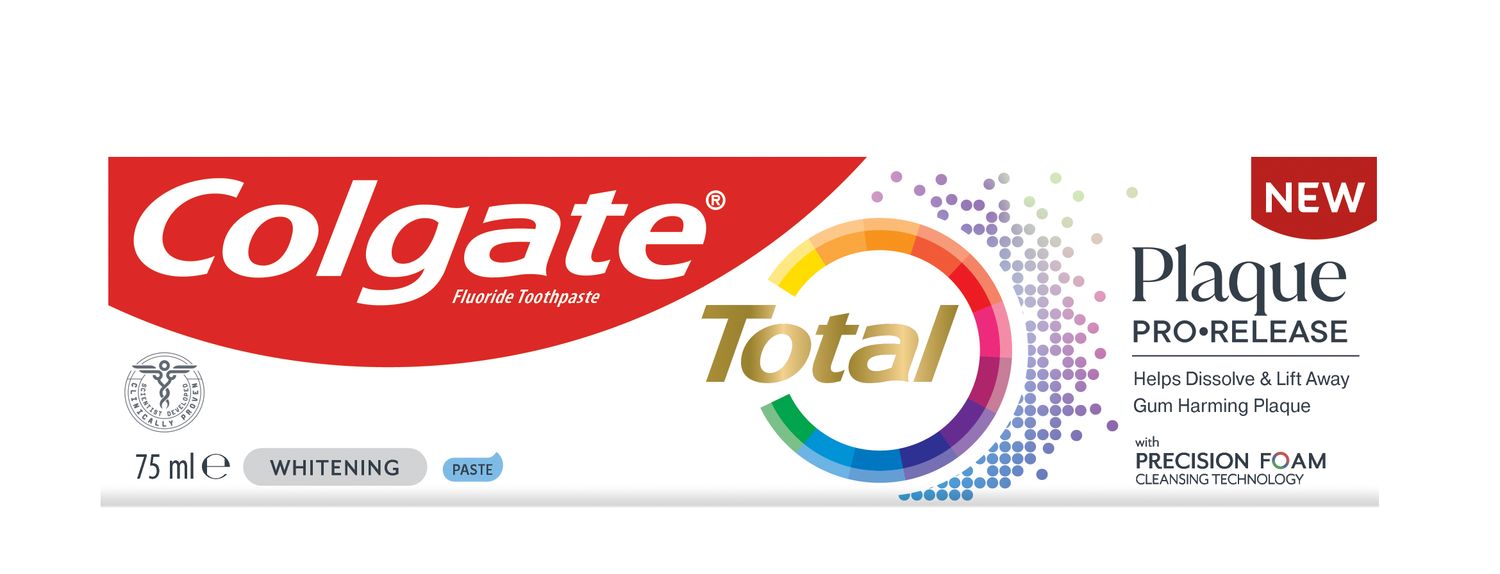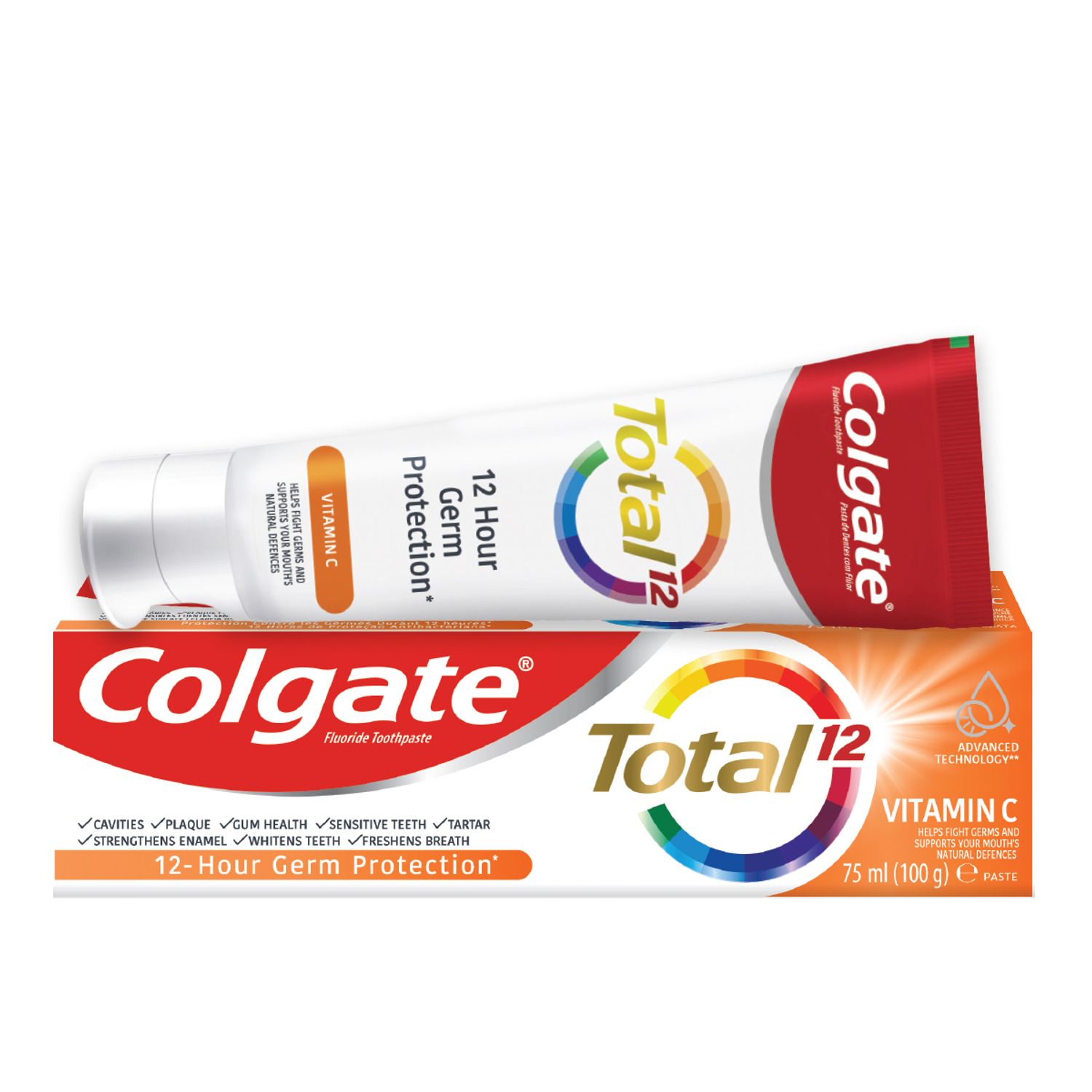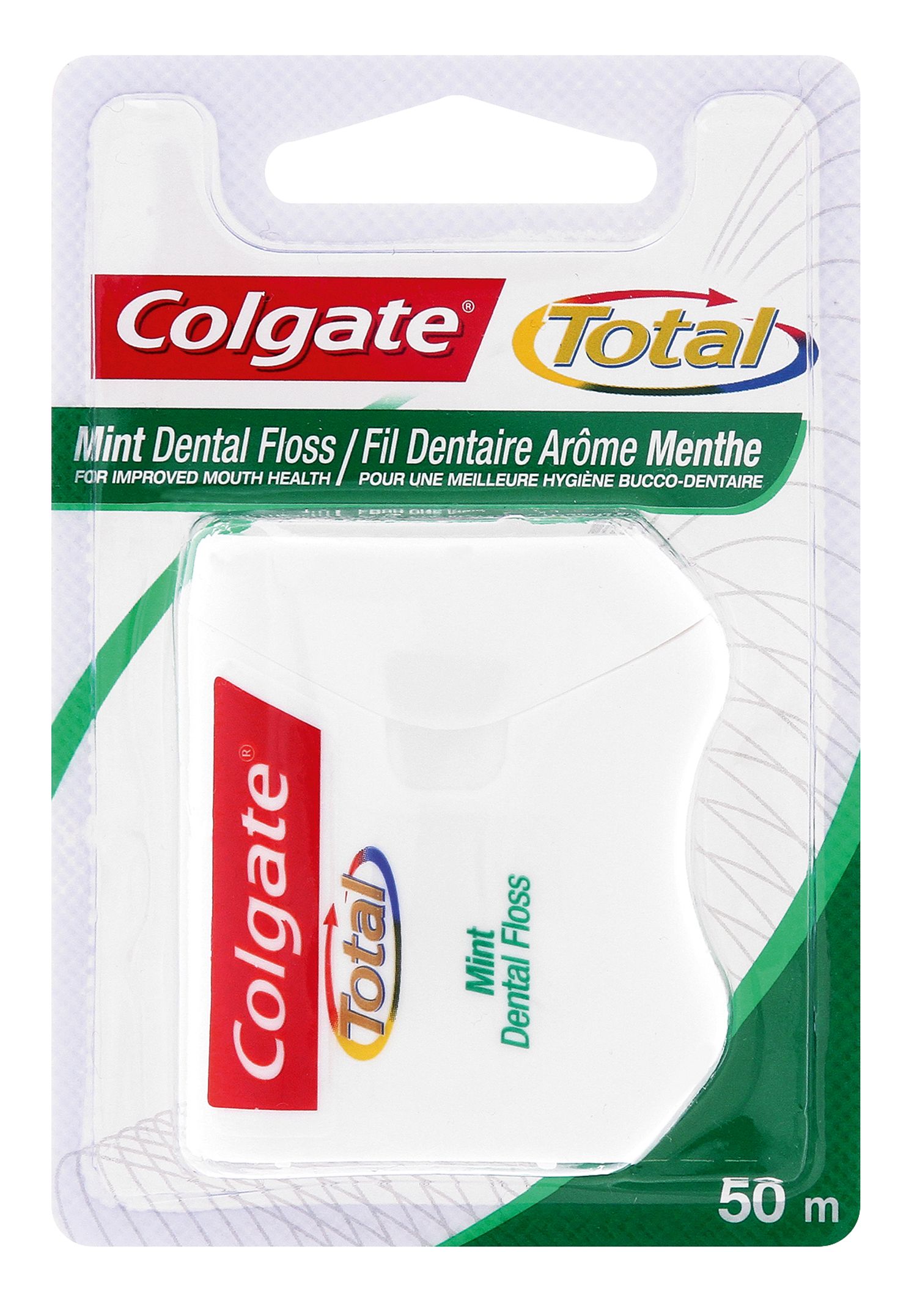-
-

CAVITIES
Can You Heal A Cavity At Home?You feel a sharp pain when you bite down or try to eat. You think it's a cavity, but you're not 100 percent sure...

BAD BREATH
How To Cure Bad BreathMore commonly known as bad breath, halitosis is an embarrassing hygiene issue that nobody wants, but some of us get every now and then...
-
Science & Innovation
- Colgate® | Toothpaste, Toothbrushes & Oral Care Resources
- Oral Health
- Adult Orthodontics
- Transparent Braces: Are They Right For You?


If you're considering getting braces as an adult, you're not alone: one in five orthodontic patients is an adult. As an adult, the idea of wearing prominent metal braces may not be appealing, but there are many types of transparent braces that are less noticeable, including braces with clear brackets.
Transparent vs. Traditional Braces
Traditional braces are made of stainless steel. Metal brackets are cemented onto the teeth, and the brackets are linked together with a metal archwire. The archwire is used to move the teeth into their desired positions.
Transparent braces are similar in concept, but the brackets are made of ceramic, not metal. The ceramic is transparent, so the brackets are much less noticeable in your mouth. The archwires can also be transparent to help them blend in even more.
These clear braces work in the same way as traditional braces, so they're suitable for the majority of patients who need orthodontic correction. However, clear braces are often more expensive and more delicate than traditional braces. Your orthodontist can let you know if transparent braces are suitable for your specific situation.
Transparent Braces
What to Expect
If you decide to get clear braces, your orthodontist will bond the clear brackets onto the front surfaces of your teeth. First the archwire is placed through the brackets, then bands known as ligatures are wrapped around the brackets to hold the archwire in place.
Once your braces are in place, you can expect to see your orthodontist about once a month to every six weeks to have them adjusted. Most people need to wear their braces between one and three years, explains the American Dental Association. Once your braces have been removed, a retainer will be used to hold your teeth in their newly adjusted position.
Minimising Braces and Keeping Them Clean
It's important to take good care of clear braces to minimise their appearance. The ligatures wrapped around your brackets can become discoloured, which will make your braces much more noticeable. To keep them clear, try to avoid highly pigmented foods and drinks like coffee, red wine, curry, and tomato sauce. If you're a smoker, try to quit before you get your braces – smoking can also stain the ligatures. Your orthodontist will replace the ligatures each time the braces are tightened at your orthodontic appointments.
Not only is regular brushing important for good oral health, it also plays a role in helping your clear braces look their best. When food gets stuck to your brackets, it can draw attention to the braces you're trying to hide. To help your braces blend into your smile, carefully brush around the brackets after each meal to get rid of unsightly food particles.
Proper dental hygiene should include:
- Brushing twice a day for at least two minutes.
- Using a soft round-bristle toothbrush to brush the gumline and the teeth.
- Flossing daily (a floss threader can also be used) or using an interproximal brush (if there is a space between the teeth) to remove plaque and food debris.
- Using an oral irrigation device to help flush out food debris around the brackets and teeth.
- Rinsing with a fluoride rinse to strengthen the teeth.
Traditional metal braces are no longer the only option: if you need braces as an adult, many inconspicuous alternatives are available, including transparent braces.
Related Products

Helping dental professionals
More professionals across the world trust Colgate. Find resources, products, and information to give your patients a healthier future











